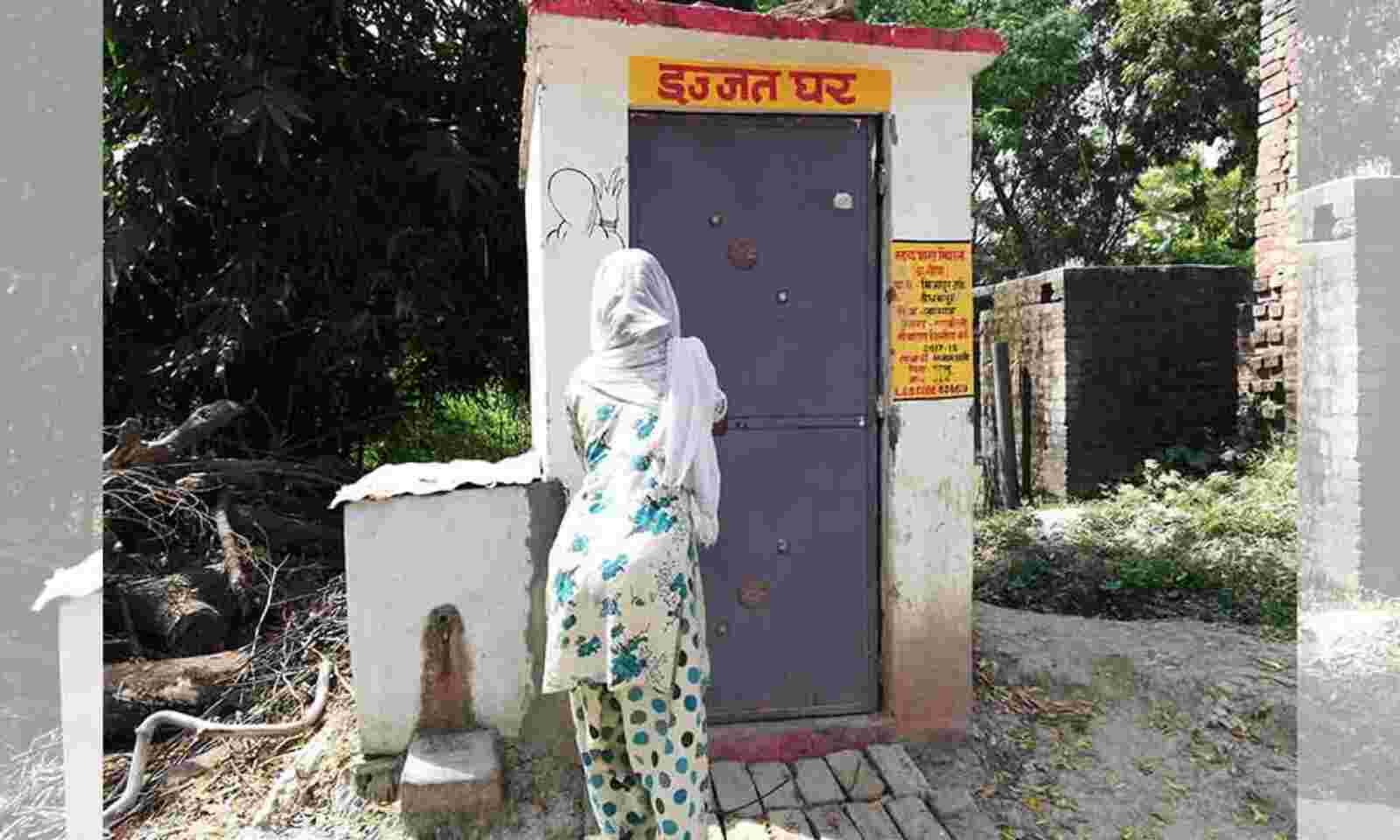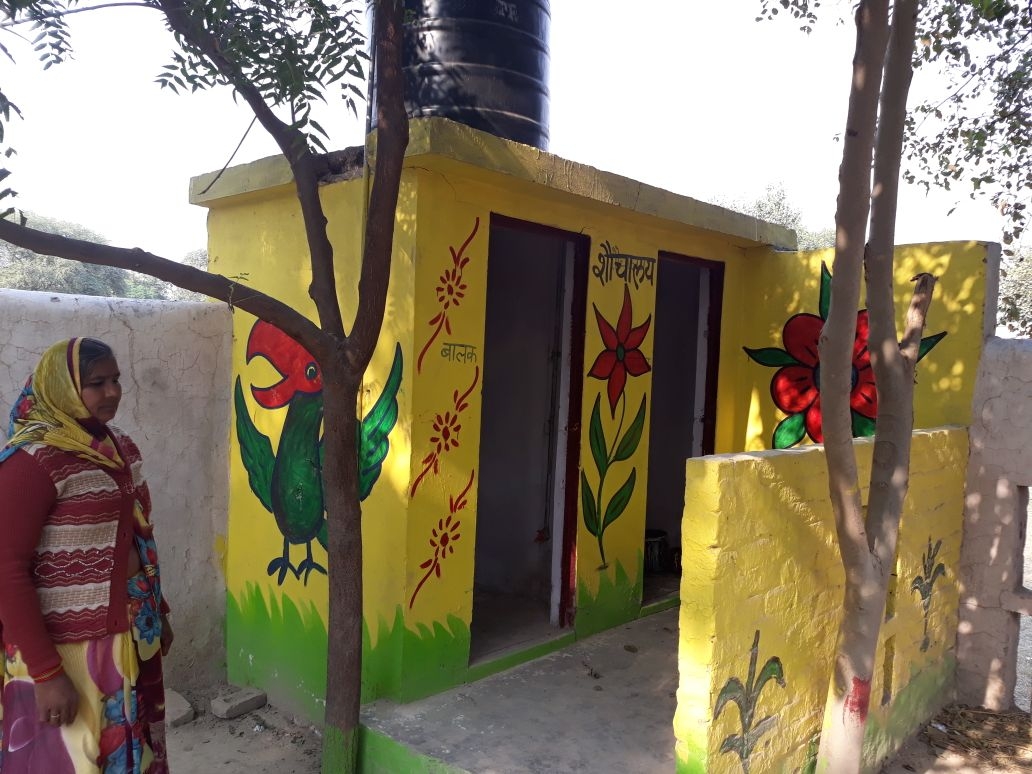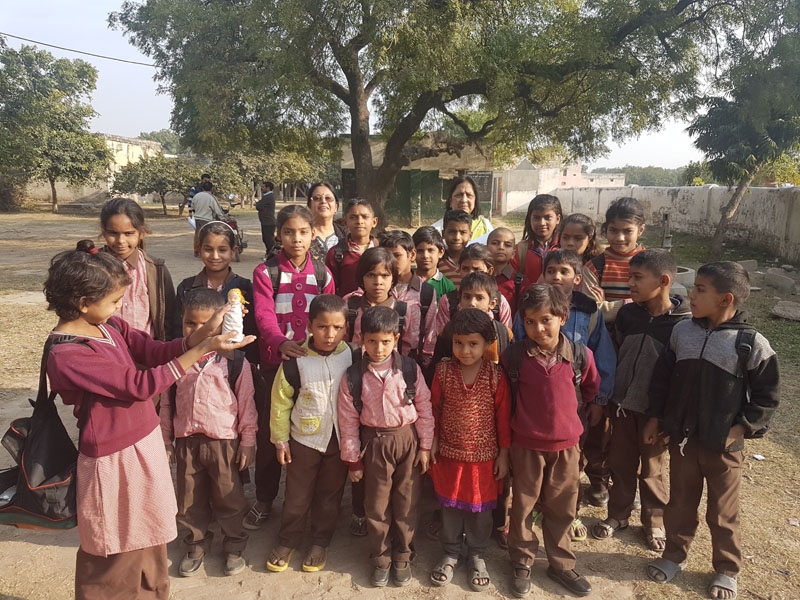Lack of access to safe sanitation not only affects the quality of life, but also poses a serious health risk. Globally, of the 80 billion people in the world 3.6 billion people are sanitation deprived. We are alarmingly off-track to deliver on our commitments to Sustainable Development Goal 6 for water and sanitation.
Although safe sanitation is a human right and is inexplicably anchored in the 2030 Agenda as SDG of the Sustainable Development Goals, half the global population lack access to safe sanitation and still live with poor quality toilets that ruin their health and pollute the environment. Around 540 million children and young people do not have basic sanitation in their schools. Every day more than 800 children die from diarrhoea linked to unsafe water, sanitation and poor hygiene. Poor sanitation results in increased risk of exposure to faecal matter in the environment and spread of infectious diseases in low-income communities. 494 million people still practise open defecation.
Individual toilets in houses have been constructed rapidly in rural areas in India for the privacy and safety of women. Different designs and materials are used depending upon the need and affordability of the householder as well as availability of space. In Indian villages, with increased construction of toilets in houses, toilets are called Izzat Ghars as they provide dignity to women and girls.

Public Toilets
Safe, hygienic and eco-friendly toilets are also important for commuters and floating population.Everyone must have access to a toilet connected to a sanitation system that effectively removes and treats human waste.
Construction of many more well – maintained public toilet facilities is the need of the hour for people who do not have a toilet in the house as well as for those who are commuting in cities/towns from one place to another, especially for women and girls. We can construct cost-effective public toilets and maintain them on ‘ pay and use’ basis or on the basis of service charges provided by the local bodies and other agencies for the convenience of the public and also generate resources to provide basic amenities such as drinking water, telephones, health Centre with first –aid kit, sanitary napkin vending machines, small cafeteria etc. in public toilets for the benefit of the users.
Survey of Toilets in Village Schools

Poor sanitation has a gender dimension. As lack of sanitation impacts girls the most, drop-out of girls in schools is common on reaching puberty.A lack of separate or single-sex toilet leads girls to miss school, resulting in absenteeism 10 to 20% of the time. If needed, our organization can construct/reconstruct or install especially designed prefabricated toilets in the school premises. Poor sanitation and hygiene endanger women and girls. Going to the toilet outside, or in facilities shared with men, puts women and girls in danger of assault ,specially after dark.
Children and particularly girls are denied their right to education because their schools lack private and decent sanitation facilities. Lack of proper separate toilets for girls in schools is the reason behind their absenteeism for long spells of time and even dropping out of school, leaving their education incomplete. Reports show four out of ten schools across India do not have functional toilets. More than 31% of schools have no separate provision of toilets for girls. Even if they are available, most are poorly maintained and dirty, even locked at times for teachers. Hence, poor sanitation has a gender- dimension and needs to be addressed on an urgent basis.
Hence our focus is to construct/reconstruct or install separate toilets for boys and girls in schools and inculcate the habit of good hygiene and hand – washing practices amongst students from a tender age for their better health and well – being.


